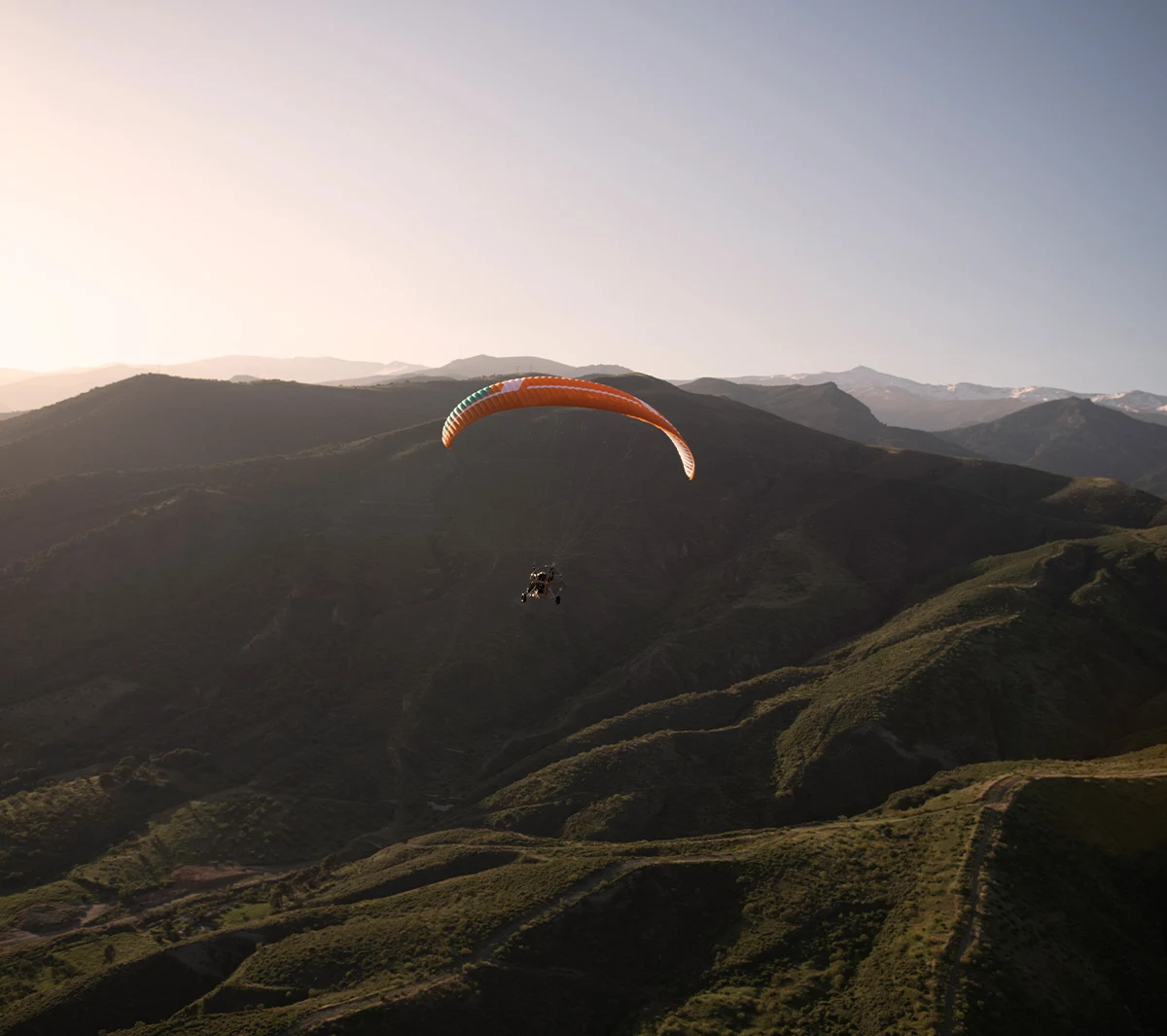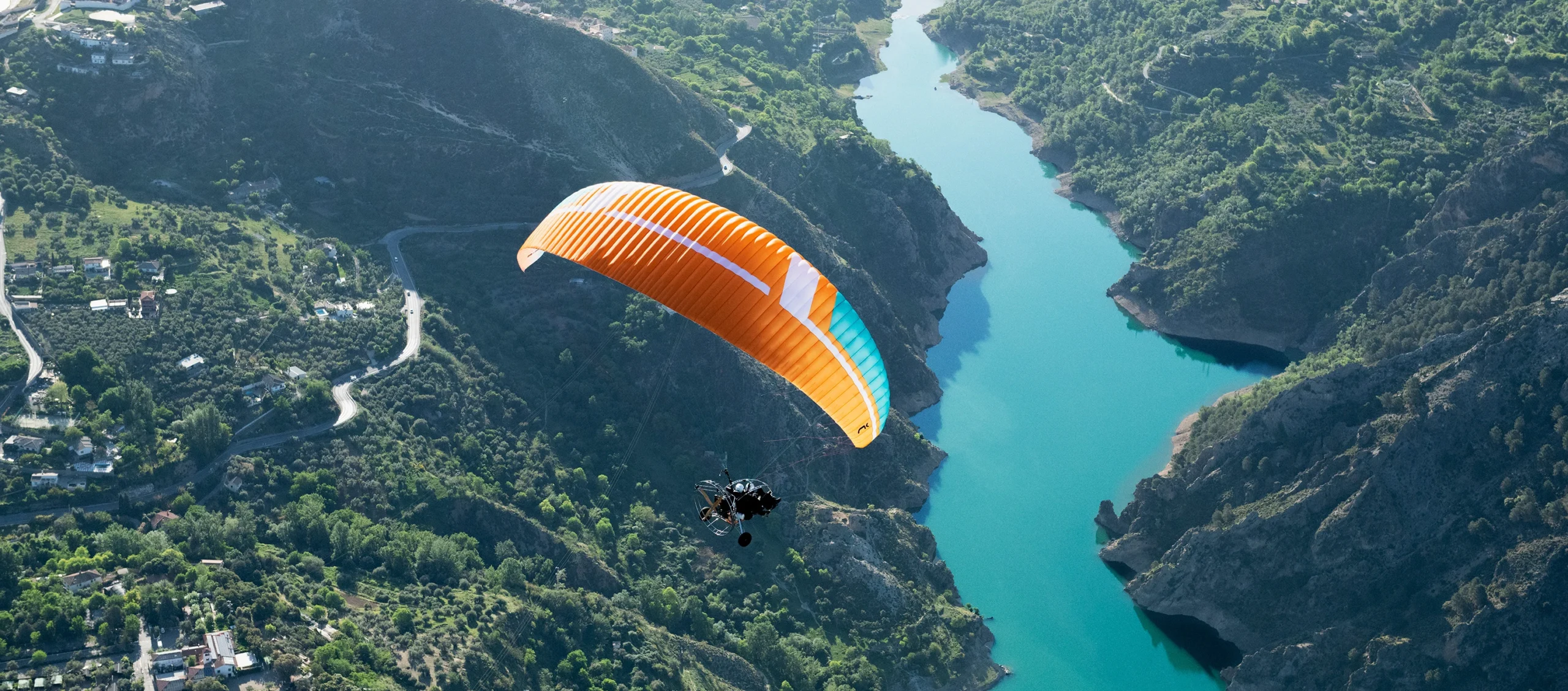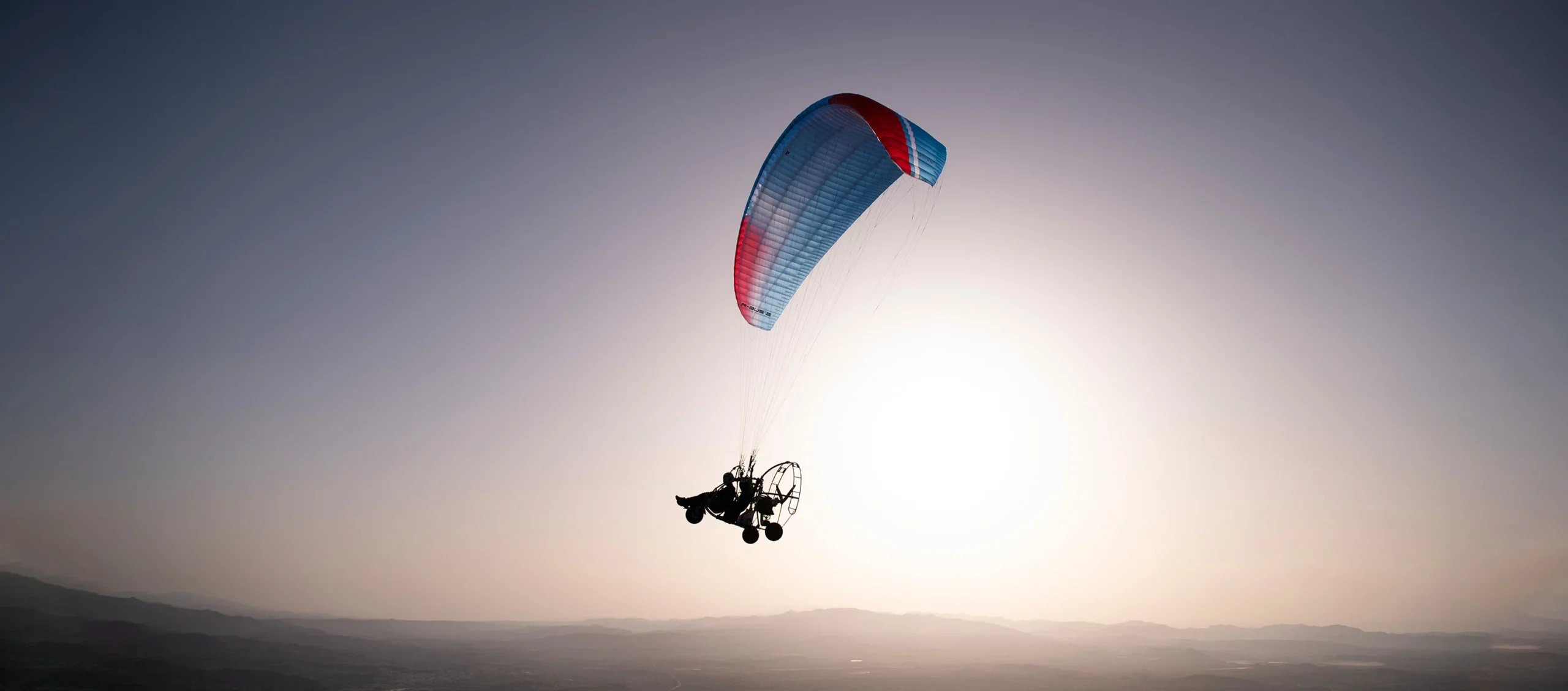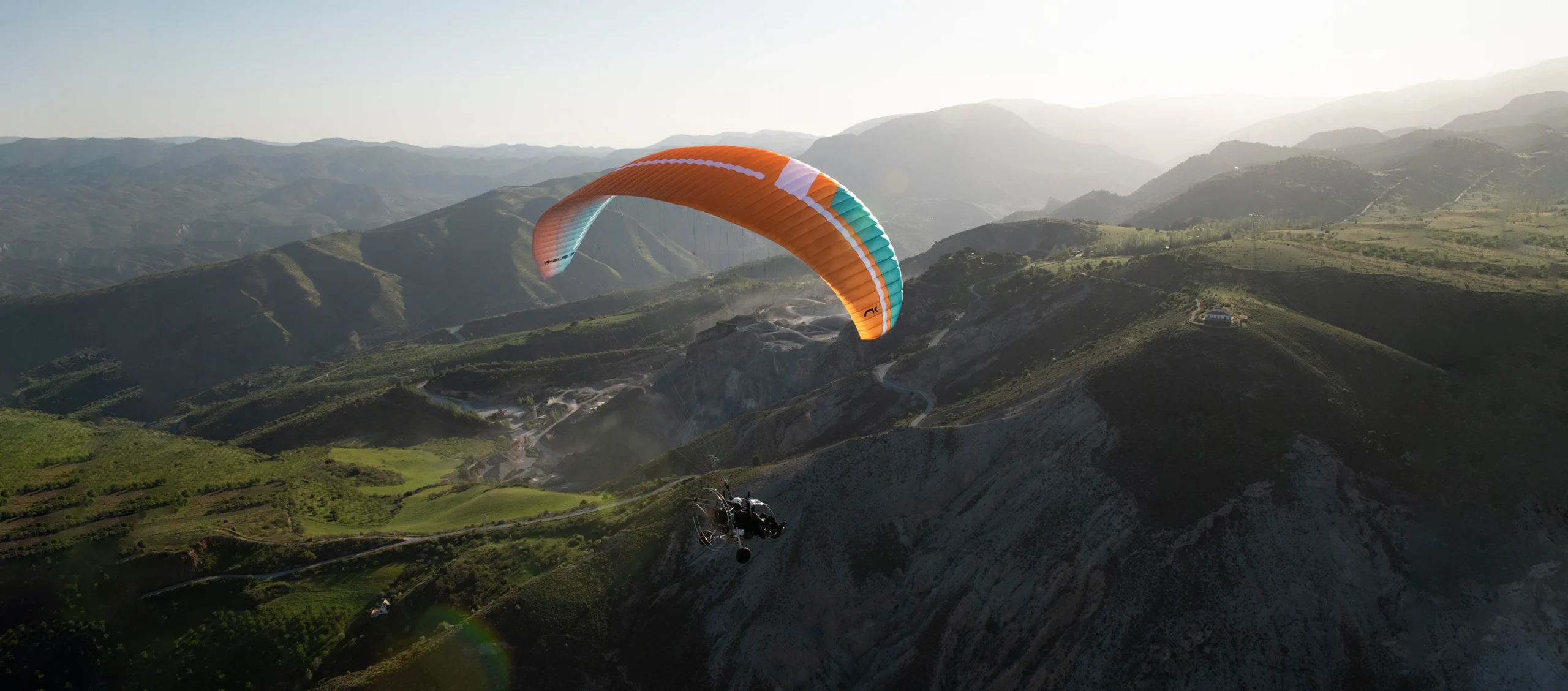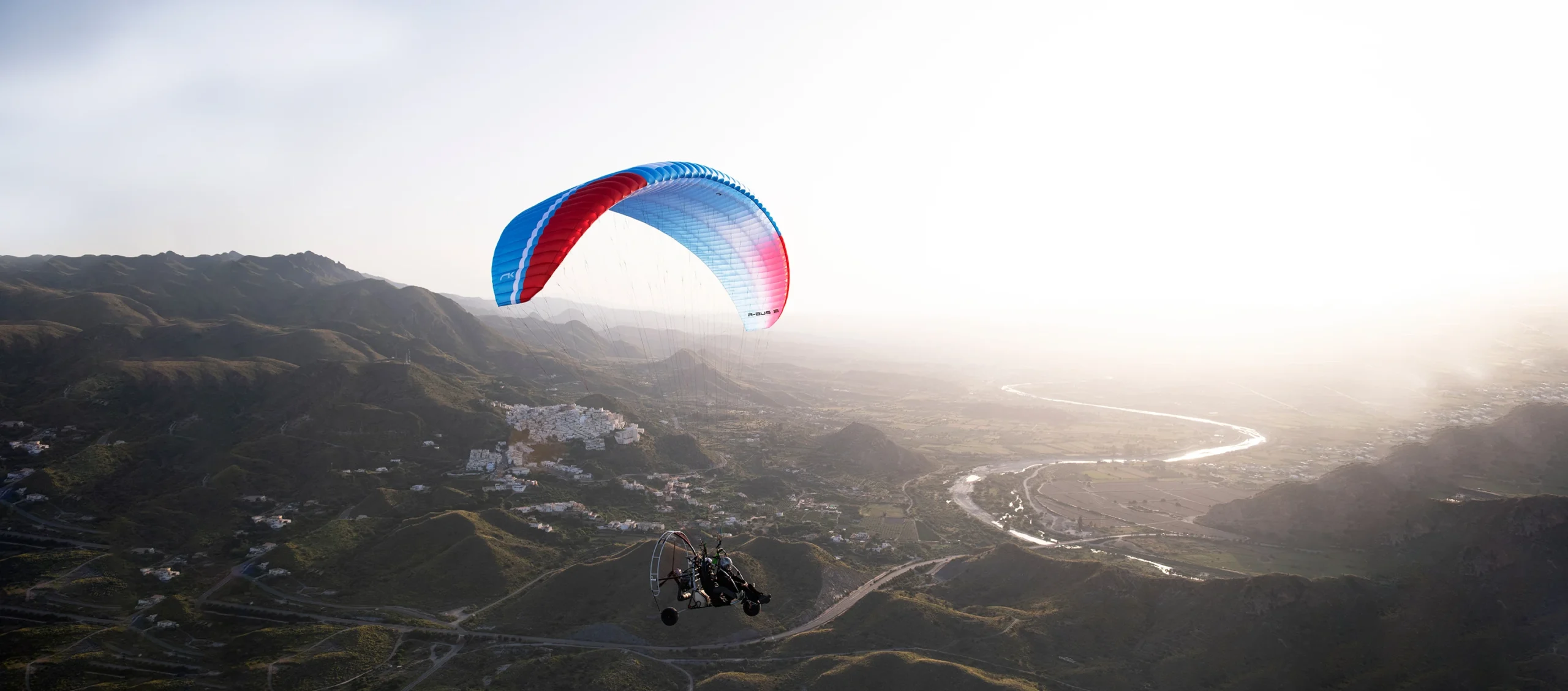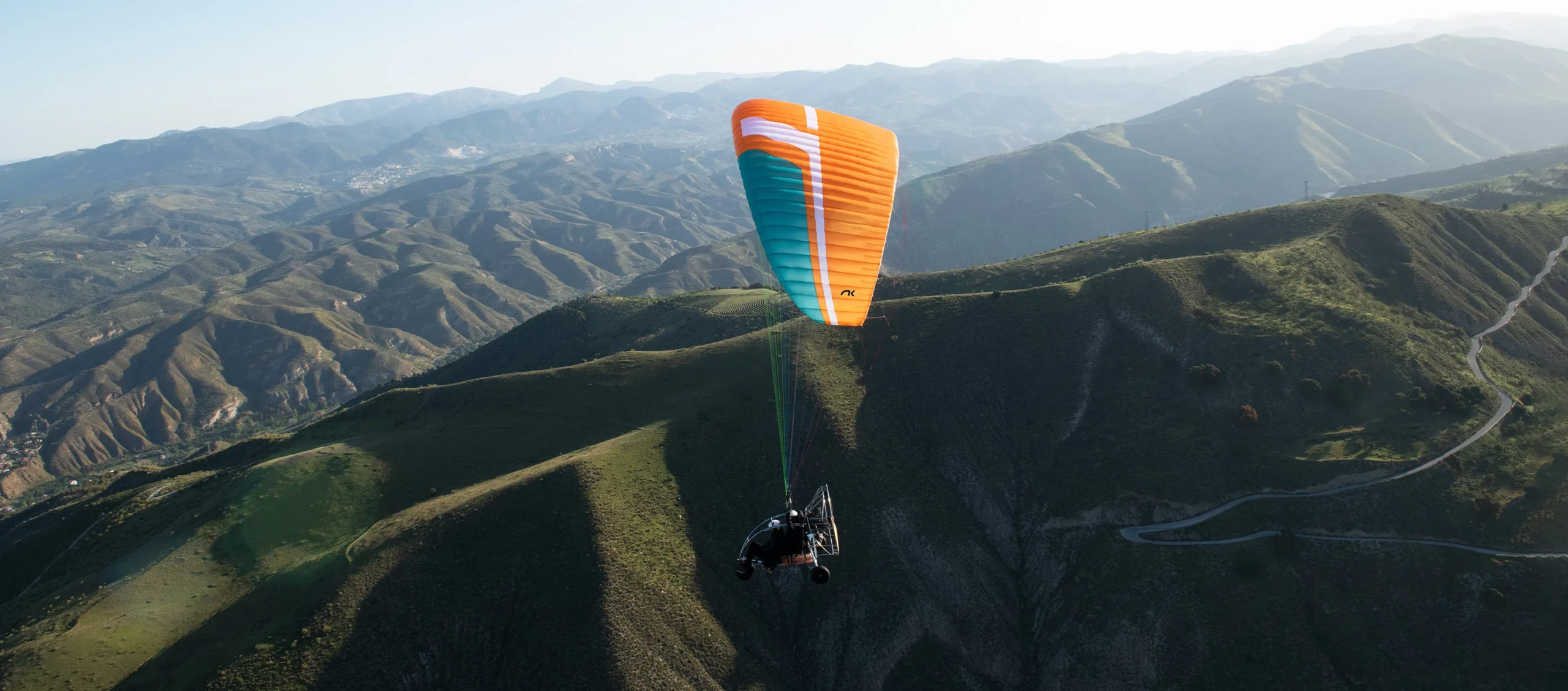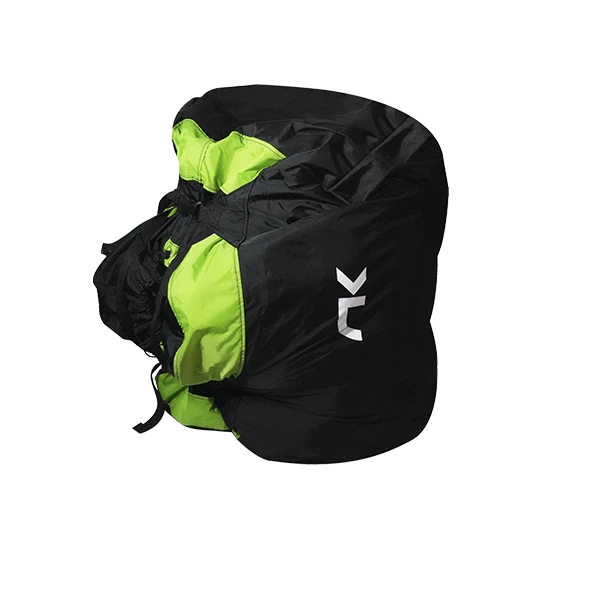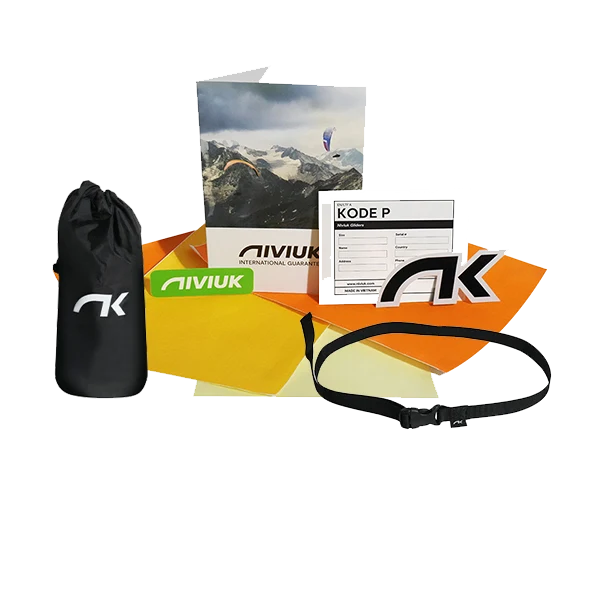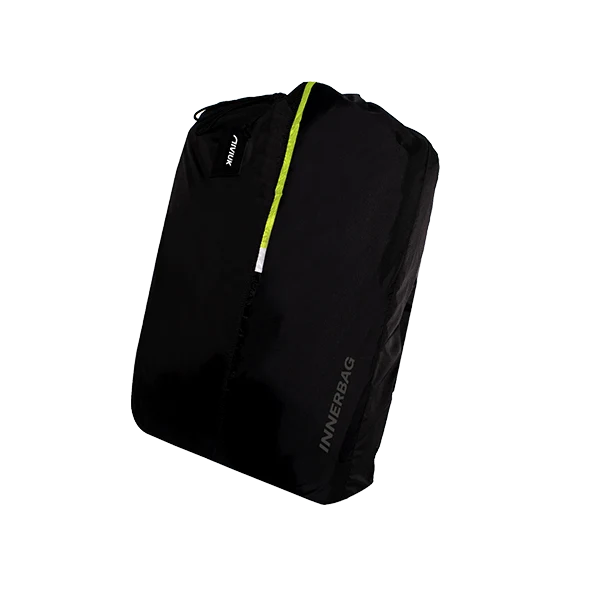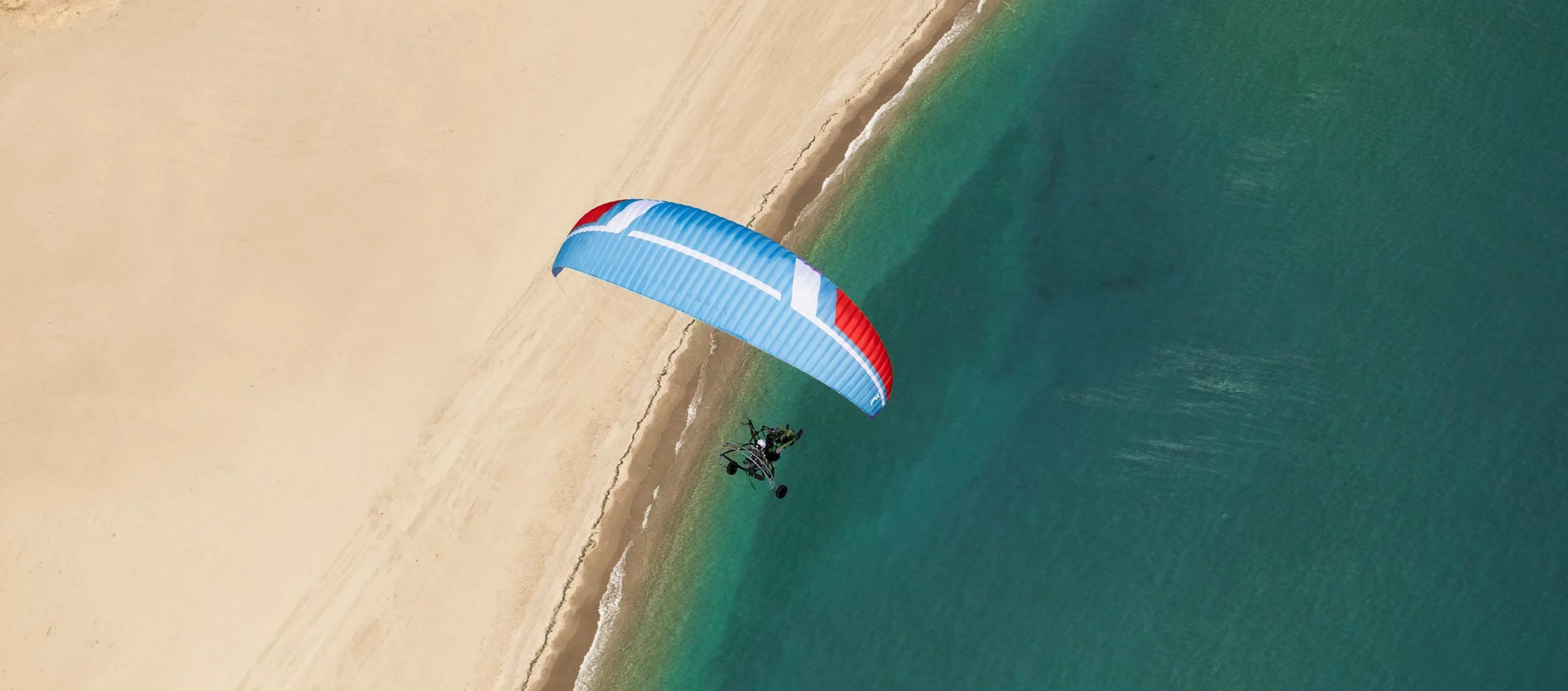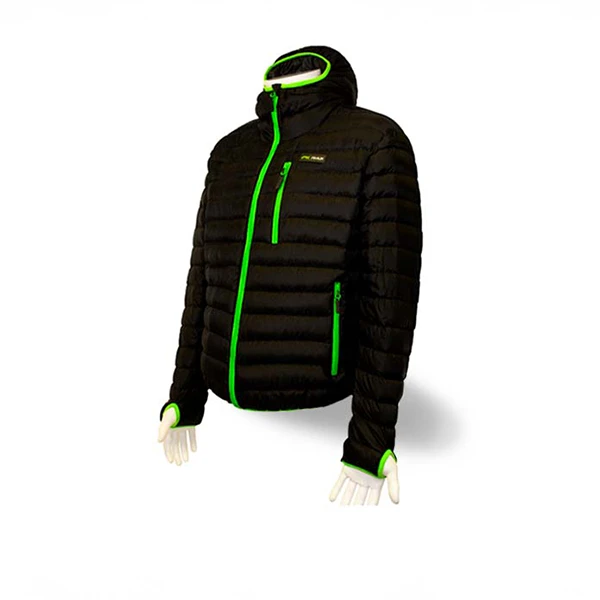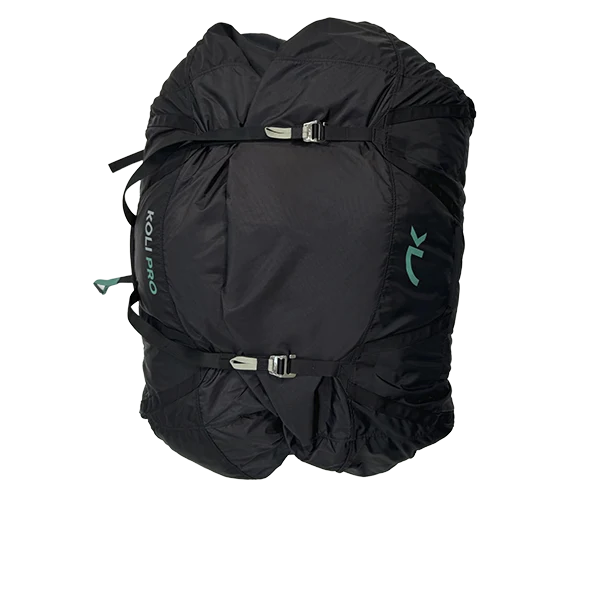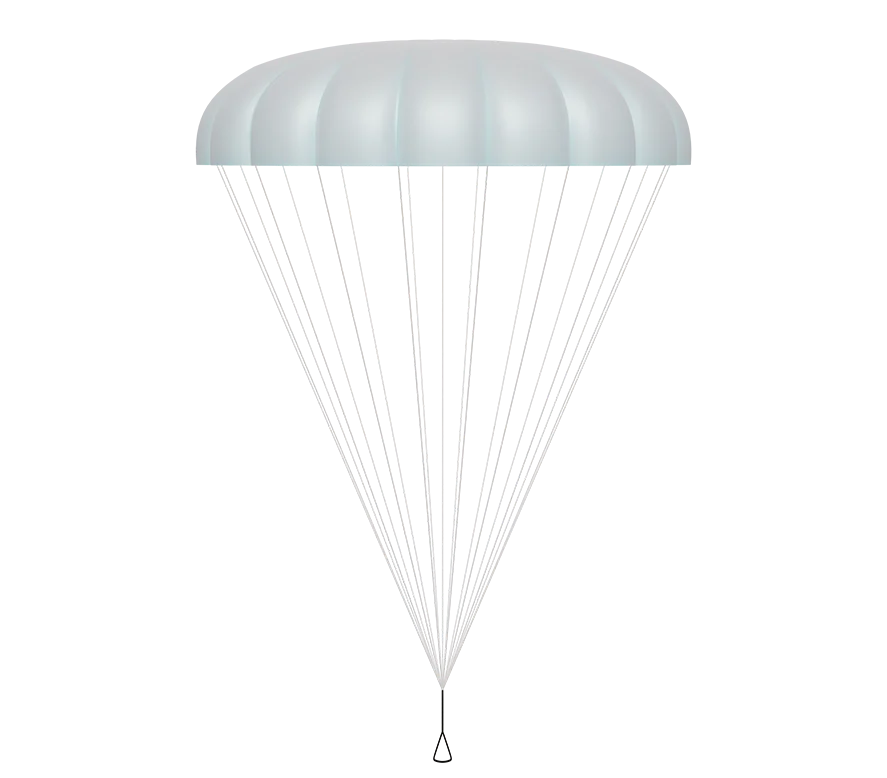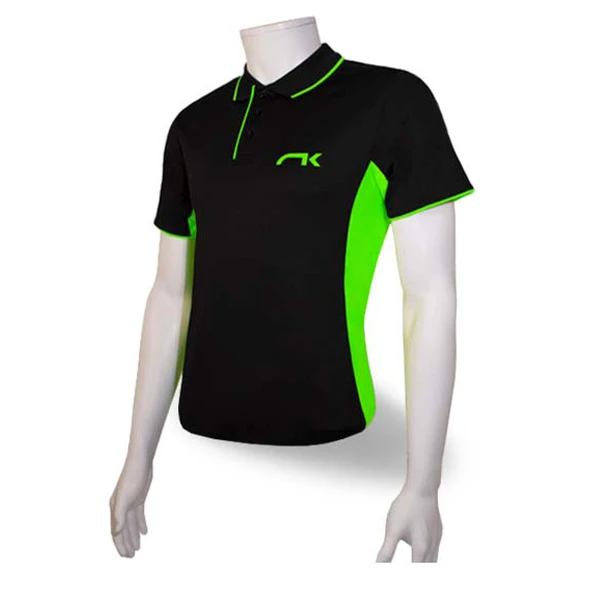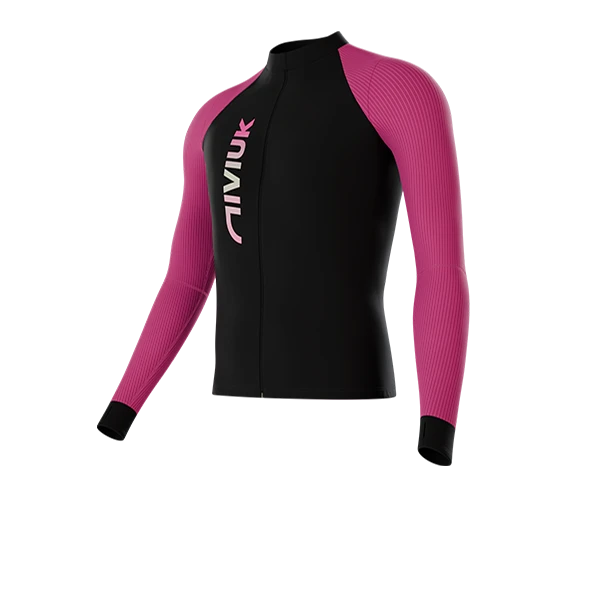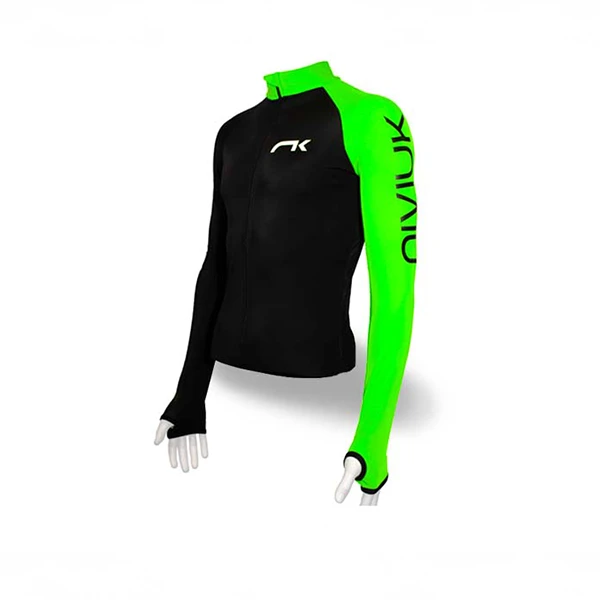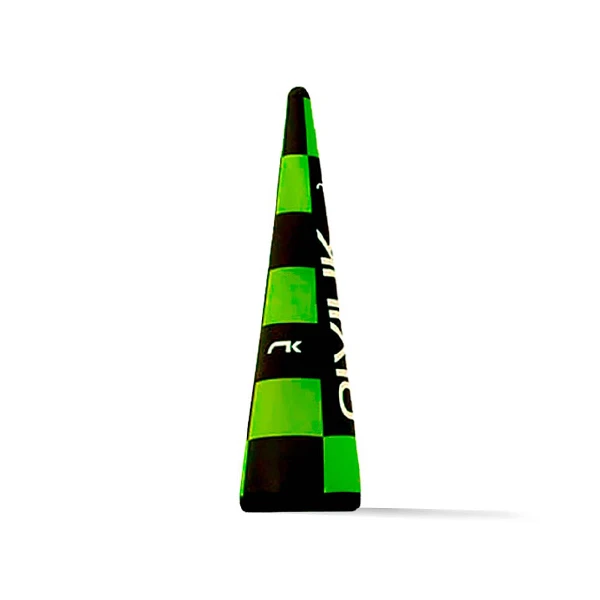R-Bus 2
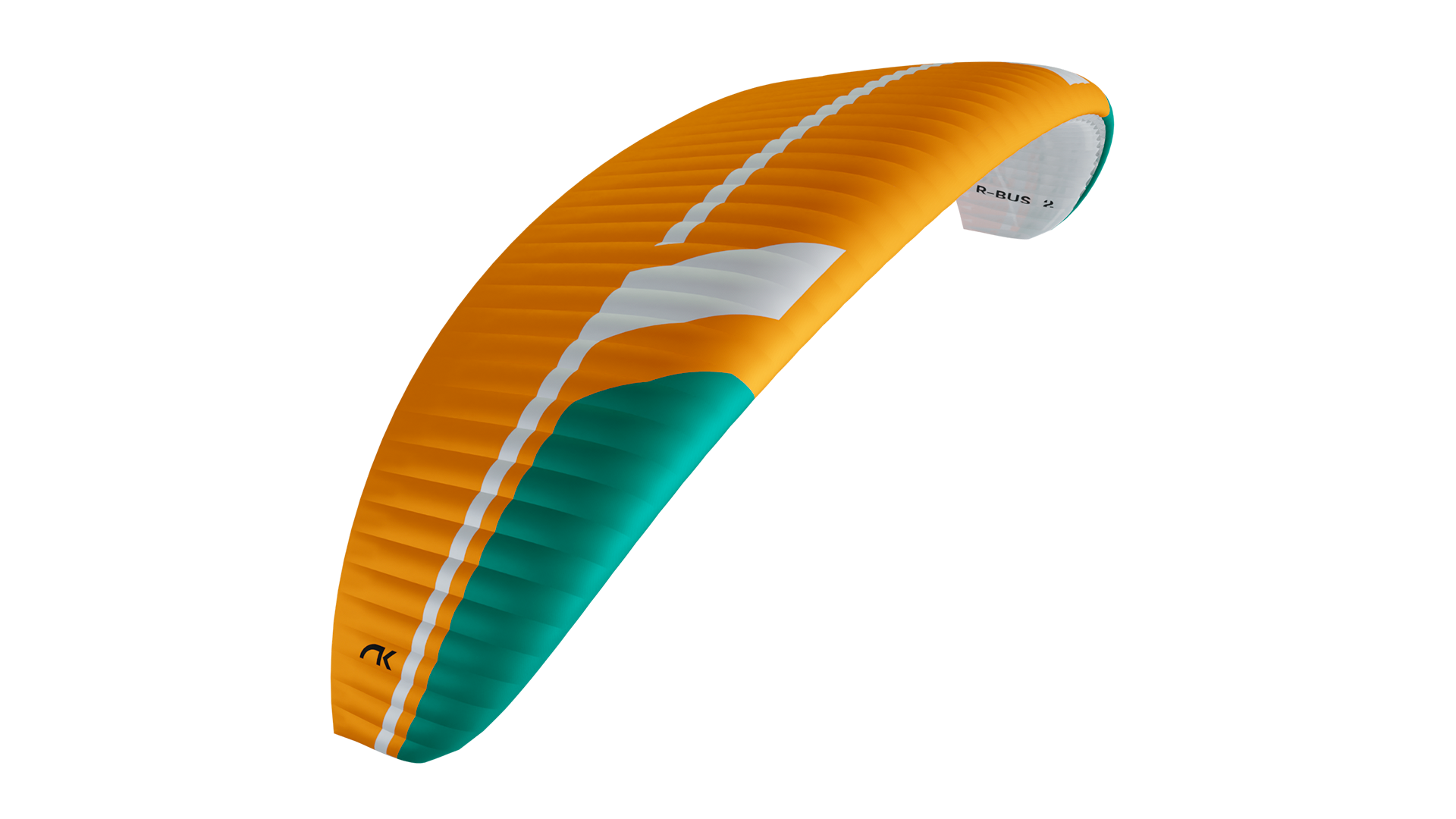
Enjoy your paramotor tandem flights in a safer and more comfortable way, with the possibility of carrying up to 600 kg. The R-Bus 2 is much more stable in flight, so that both pilot and passenger can enjoy an unforgettable experience. With an extended speed range, it allows launches and landings at lower speeds.
Professional flights with a trike
A paramotor tandem designed to satisfy the most demanding pilots. Its durability and stability make it the best choice for professional flight enjoyment.
Recreational PPG tandem flights
Enjoy tandem paramotoring in comfort. This glider has been designed with the aim of adapting to the needs of the pilot and their passenger, and to experience the most pleasant recreational flights.
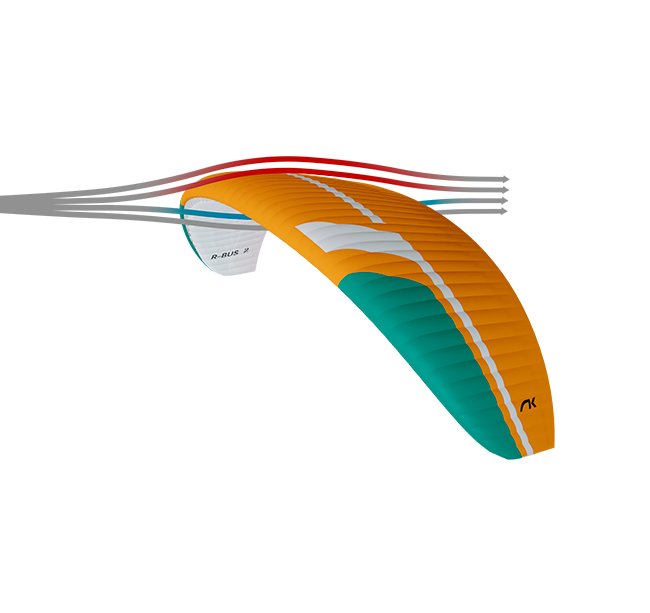
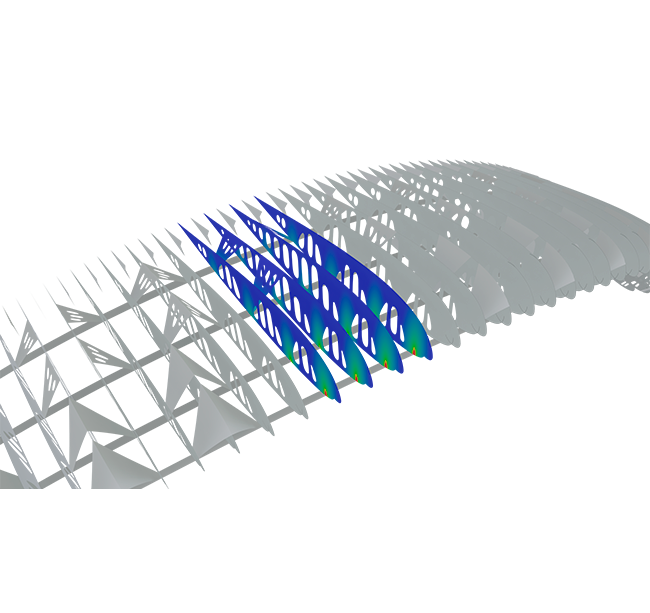
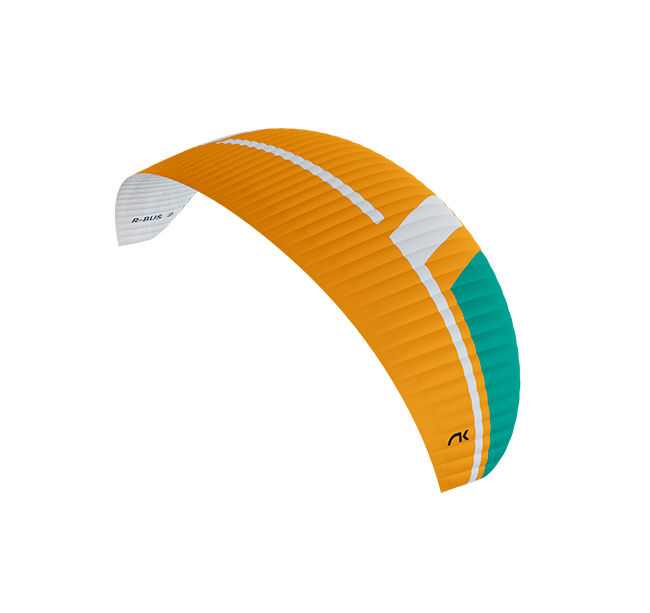
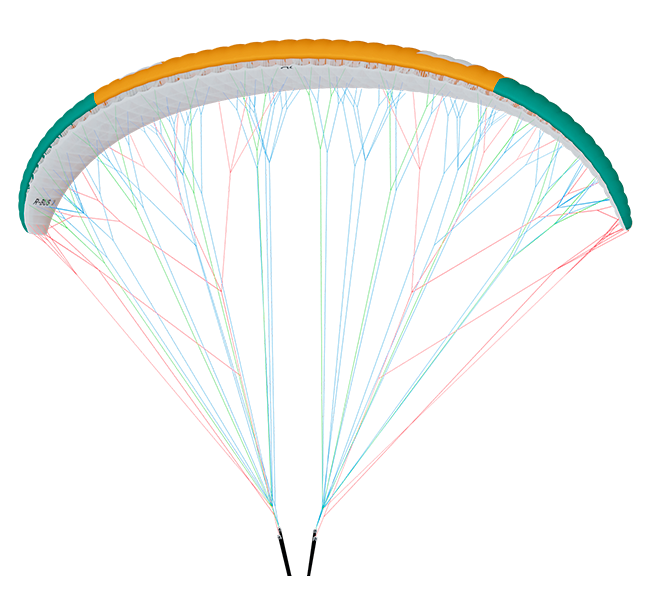
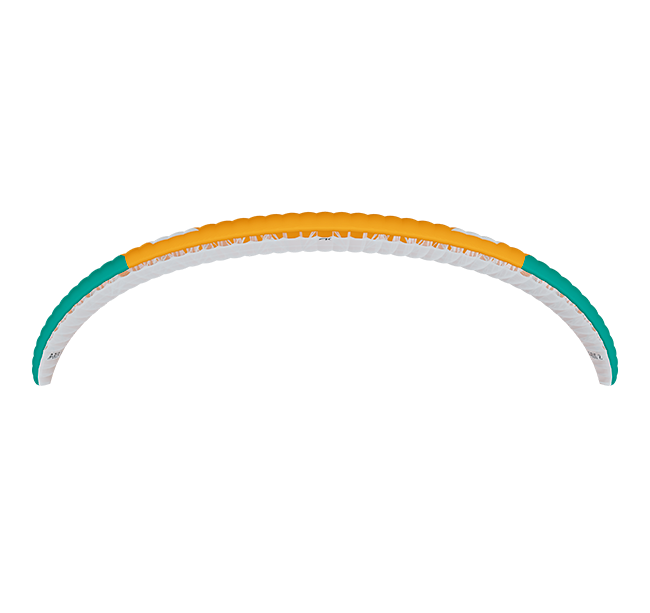
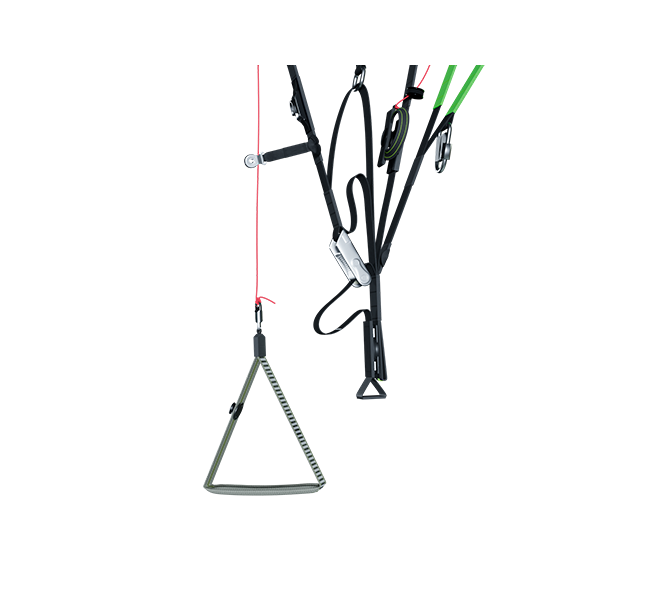
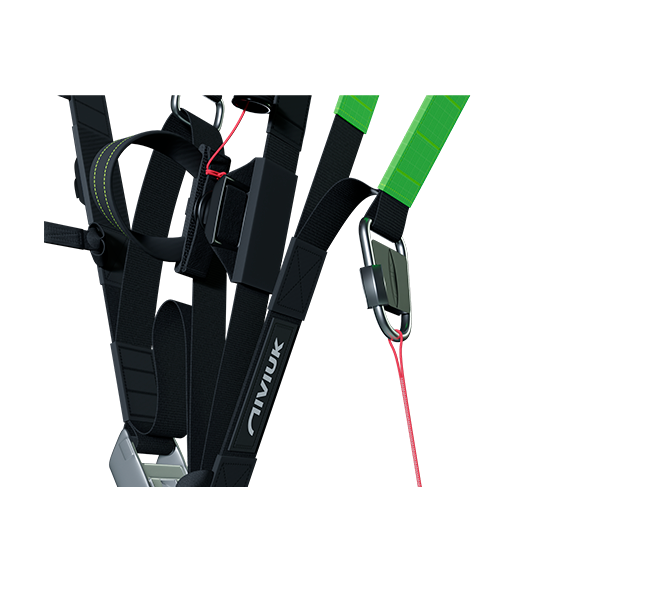
For increased pilot comfort and thanks to the improved brake line cascade, manoeuvrability and handling have been made easier. The brake pressure when turning or landing has been reduced.
In addition, to help reduce the effort required when using the brakes, the pilot can use only the High Speed Tip steering when manoeuvring, reserving the main brakes for launch and landing only.






For increased pilot comfort and thanks to the improved brake line cascade, manoeuvrability and handling have been made easier. The brake pressure when turning or landing has been reduced.
In addition, to help reduce the effort required when using the brakes, the pilot can use only the High Speed Tip steering when manoeuvring, reserving the main brakes for launch and landing only.

3DL technology is an adjustment of the fabric at the leading edge of the wing to control the ballooning and the creases that are generated by the curvature in this area. The leading edge is then divided into sub-panels which are sewn into each of the cells at the front of the paraglider. As a result, the leading edge of the wing is perfectly tensioned, which benefits the wing in performance and durability.
A good comparison is a rugby ball. In order to produce its characteristic oval shape without creases, its cover is made of several panels – not of just one piece.
The application of this innovation, in conjunction with the 3DP, is key to converting the perfect shape from 2D to 3D.
The RAM Air Intake system is based on the inward orientation of the air inlets in the profile so that they allow an optimum internal pressure at all angles of attack.
The result? Having greater internal pressure means better buffering of turbulence, greater consistency of the profile shape across the speed range. Excellent handling at low speed is achieved by allowing the pilot to extend the braking limit, so there is a lower risk of collapse and consequently, greater control and stability.
This technology seeks to implement the best orientation of the cloth on each panel according to its location on the leading edge. If the cloth pattern is correctly aligned with the load axes, the cloth suffers less deformation flight after flight, so the leading edge maintains its shape better and remains stronger over time.
The design of our paraglider and paramotor wings has evolved a lot over the years, with a positive and specific focus on the leading edge.
Thanks to this technology and 3DL, a perfect modelling of the panels and an exact representation from 2D to 3D is achieved.
Nitinol is a combination of 50% nickel and 50% titanium. The incorporation of Nitinol rods in the profile increases the performance of the wing, especially in three areas:
- Compared to nylon rods, the weight of the wing is reduced by 13%.
- Nitinol has two essential characteristics: shape memory and enormous elasticity. As a result, the rods retain their optimum shape even after an ultra-compact or incorrect folding, so that the wing is not deformed. This will always be the case unless the radius at the point of curvature is less than 1 cm.
- The leading edge shape is much more rigid and uniform which results in a much more consistent and progressive inflation and therefore an easier take off. The profile is taut at all times, without creases, and fully optimised for all flight phases.
In addition, the rods have a plastic protector at their ends to prevent any damage to the fabric of the wing.
Nitinol is now featured in all our wings.
A reinforced internal structure, together with the new line plan and a new arrangement of the attachment points, allows a comfortable and balanced distribution of the loads in flight.
A new distribution of lines and attachment points enables a uniform inflation so that the wing rises quickly without the tendency to overshoot. By using the new TNL-500 lines, with an enlarged diameter of 2.45 mm and a redesigned internal structure, it has been possible to increase the maximum wing load and its strength. All lines are sheathed to increase the overall durability of the glider.
The profile has been perfected, decreasing drag, while increasing efficiency and performance thanks to the sewing method, improving tensioning and seams. Changes have also been made to the cloth, using Dokdo 42 g/m2 on the under and upper surface.
The new arc design has reduced the wing’s roll movements.
As in the previous version, the incorporation of Nitinol in the profile reduces wing deformation. At the same time, it forms a tauter, crease-free leading edge and maintains a much cleaner profile.
Excellent top and cruising speed. With the new, more effective and easier to use built-in trimmer adjuster, the pilot can precisely control the course and speed, regardless of the weight they are carrying. The trimmer system has also been improved to allow for slower launches and landings.
A new webbing material has been used for the risers, which is 26% stronger than the previous one.
The High Speed Tip, which now has a rounded shape, is better positioned on the riser, works with a magnet and is adjustable to the preferences of each pilot. The High Speed Tip is independent of the main brake, which eases turning by reducing the force required to perform the turn. Manoeuvrability is improved and the pilot has much more direct control at all times. To balance the physical strength required and responsiveness to the input, the High Speed Tip can also be used in conjunction with the main brake.
The three-position adjustable brake pulley allows the brake height to be changed to suit the individual pilot and flight equipment to facilitate comfort during piloting. The repair kit of the R-Bus 2 contains an extra set of lines, with an extra metre of brake line and High Speed Tip to be able to adjust them to the desired length.
| 31 | 34 | 37 | 40 | |||
|---|---|---|---|---|---|---|
| CELLS | NUMBER | 55 | 55 | 55 | 55 | |
| ASPECT RATIO | FLAT | 5,4 | 5,4 | 5,4 | 5,4 | |
| PROJECTED | 4,13 | 4,13 | 4,13 | 4,13 | ||
| AREA | FLAT | m² | 31 | 34 | 37 | 40 |
| PROJECTED | m² | 27,12 | 29,74 | 32,37 | 34,99 | |
| SPAN | FLAT | m | 12,94 | 13,55 | 14,14 | 14,70 |
| CHORD | MAXIMUM | m | 2,97 | 3,11 | 3,24 | 3,37 |
| LINES | TOTAL | m | 387 | 406 | 424 | 442 |
| MAIN | 2+2/5/3/2 | 2+2/5/3/2 | 2+2/5/3/2 | 2+2/5/3/2 | ||
| RISERS | NUMBER | A+A’/B/C/D | A+A’/B/C/D | A+A’/B/C/D | A+A’/B/C/D | |
| TRIMMERS | mm | 140 | 140 | 140 | 140 | |
| GLIDER WEIGHT | kg | 7,83 | 8,27 | 8,85 | 9,20 | |
| TOTAL WEIGHT IN FLIGHT | MIN-MAX | kg | 100-450 | 120-500 | 150-600 | 210-600 |
| IDENTIFICATION/CERTIFICATION |
8G max. 394kg
5.25G max. 450kg 5.25G max. 600kg |
EN 926-1
DGAC LOAD TEST |
EN 926-1
DGAC LOAD TEST |
EN 926-1
DGAC LOAD TEST |
EN 926-1
DGAC LOAD TEST |
The total weight of the wing may differ ±2% due to variations in the weight of the fabric supplied by the manufacturers.
R-Bus 2
It contains an 8-digit code that, when entered in the MyNiviuk section, can be used for product registration, to carry out procedures and request maintenance.
